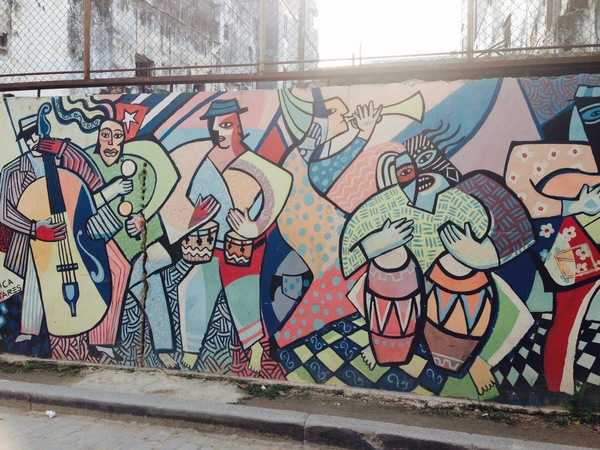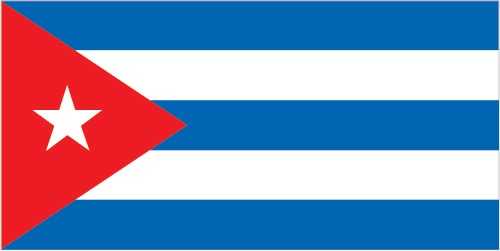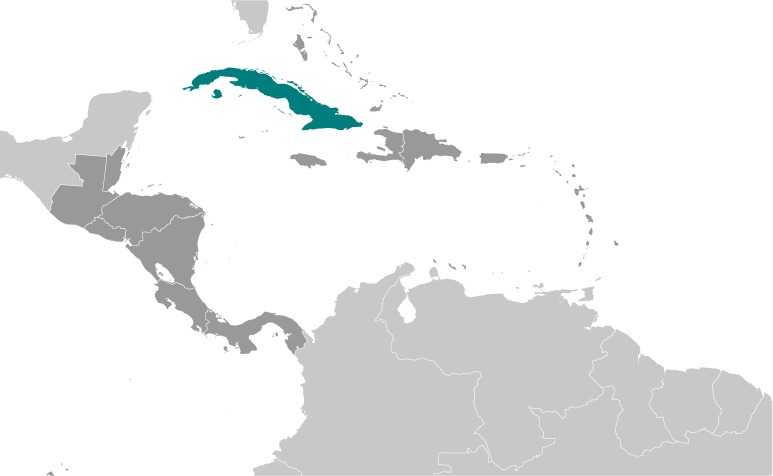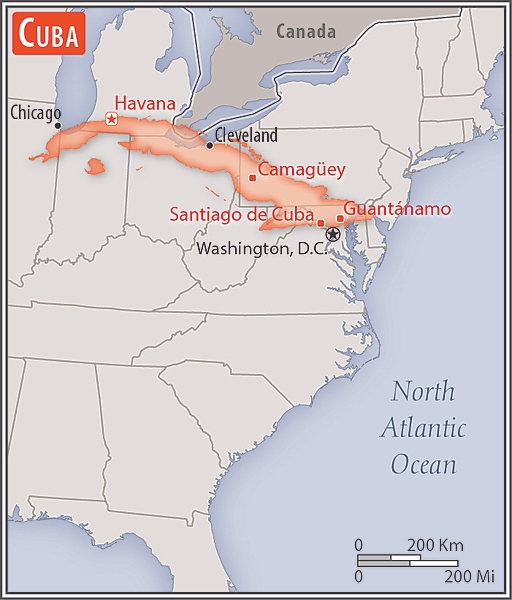Introduction
Visit the Definitions and Notes page to view a description of each topic.
Geography
People and Society
Population
comparison rankings: total 85; male 87; female 84
Languages
Median age
comparison ranking: total 42
Population growth rate
comparison ranking: 209
Birth rate
comparison ranking: 188
Death rate
comparison ranking: 45
Net migration rate
comparison ranking: 169
Maternal mortality ratio
comparison ranking: 111
Infant mortality rate
comparison ranking: total 187
Life expectancy at birth
comparison ranking: total population 58
Total fertility rate
comparison ranking: 162
Obesity - adult prevalence rate
comparison ranking: 56
Alcohol consumption per capita
comparison ranking: total 85
Tobacco use
comparison ranking: total 95
Children under the age of 5 years underweight
comparison ranking: 98
Education expenditure
comparison ranking: Education expenditure (% GDP) 6
Environment
Carbon dioxide emissions
comparison ranking: total emissions 85
Government
Economy
Real GDP (purchasing power parity)
comparison ranking: 105
Real GDP growth rate
comparison ranking: 206
Real GDP per capita
comparison ranking: 94
Inflation rate (consumer prices)
comparison ranking: 208
GDP - composition, by sector of origin
comparison rankings: agriculture 168; industry 71; services 36
Industrial production growth rate
comparison ranking: 146
Labor force
comparison ranking: 88
Unemployment rate
comparison ranking: 12
Youth unemployment rate (ages 15-24)
comparison ranking: total 171
Energy
Electricity
comparison rankings: installed generating capacity 76; consumption 99; transmission/distribution losses 146
Energy consumption per capita
comparison ranking: 121
Communications
Telephones - fixed lines
comparison ranking: total subscriptions 56
Telephones - mobile cellular
comparison ranking: total subscriptions 106
Broadband - fixed subscriptions
comparison ranking: total 114
Transportation
Merchant marine
comparison ranking: total 111





